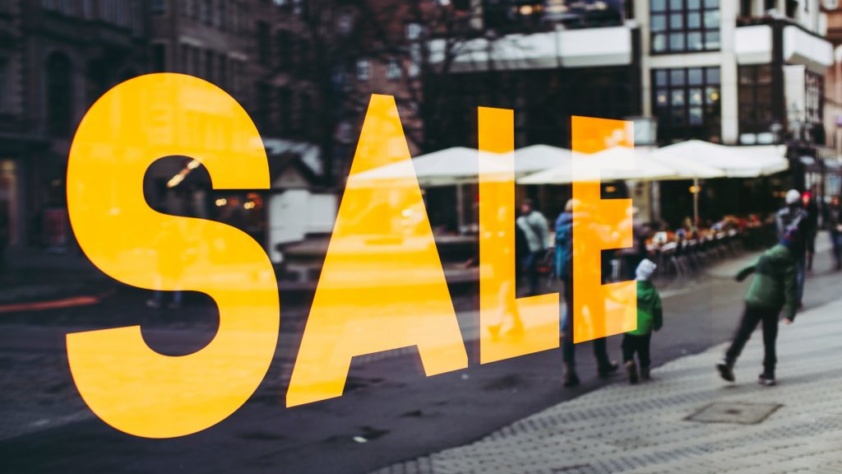In the not-so-distant past, shopping meant a trip to the local shopping centre or a superstore, but today, the retail landscape has been dramatically transformed by the digital revolution. E-commerce, or electronic commerce, has not only become a commonplace way of buying goods and services but is also reshaping the future of retail. This transformation is driven by various factors, including the rapid adoption of emerging technologies like augmented reality shopping and the profound impact of global events on online retail.
The E-commerce Revolution
The rise of e-commerce can be attributed to several key factors:
1. Convenience
One of the most significant drivers of e-commerce’s success is its unparalleled convenience. The ability to shop from the comfort of one’s own home, 24/7, has changed the way we approach retail. This convenience factor will only continue to evolve with the integration of voice-activated shopping, chatbots, and enhanced personalization features.
2. Mobile Commerce
The ubiquity of smartphones has accelerated the growth of e-commerce. Mobile commerce allows consumers to shop on the go, turning every free moment into a potential shopping opportunity. As smartphones become more sophisticated, mobile shopping experiences will only become smoother and more user-friendly.
3. Emerging Technologies
E-commerce’s future is closely tied to the integration of emerging technologies. One of the most exciting developments is augmented reality (AR) shopping. AR allows consumers to visualize products in their physical environment before making a purchase. Imagine trying on clothes virtually, seeing how furniture fits in your living room (something that IKEA has already successfully done), or even test-driving a car from the comfort of your home. As AR technology becomes more accessible and affordable, it will revolutionize the way consumers shop online.
Augmented Reality Shopping: A Glimpse into the Future
The integration of augmented reality (AR) into e-commerce promises a shopping experience like never before. AR can bridge the gap between online and offline shopping, offering a range of possibilities:
1. Virtual Try-Ons
Fashion and beauty brands have already started to adopt AR for virtual try-ons. Consumers can use their smartphone cameras to see how clothes, makeup, or accessories look on them in real time. This reduces the guesswork and uncertainty in online shopping, resulting in higher customer satisfaction.
2. Visualize Products at Home
AR empowers consumers to visualize how products fit into their own environment. Whether it’s furniture, home decor, or electronics, customers can use AR to see how items will look in their homes before making a purchase, reducing the chances of post-purchase regrets.
3. Interactive Shopping Experiences
AR can make shopping more interactive and engaging. Imagine walking through a virtual store with your smartphone, where you can tap on products to get detailed information, watch product demos, and read reviews from other shoppers in real time.
4. Enhanced Personalization
As AR collects data about user preferences and behaviour, it can provide highly personalized product recommendations. It will tailor the shopping experience to individual tastes and needs, increasing customer satisfaction and loyalty.
Global Events and the Impact on Online Retail
The world has witnessed significant global events, such as the COVID-19 pandemic, that have accelerated the shift towards e-commerce. The pandemic forced traditional brick-and-mortar retailers to adapt or face the risk of closure. Online retail became a lifeline for consumers, providing essential goods and a sense of normalcy during uncertain times.
These global events have also highlighted the need for supply chain resilience. Retailers are rethinking their logistics, inventory management, and shipping strategies to better handle disruptions. As a result, we can expect to see more efficient, reliable, and sustainable supply chains in the e-commerce industry.
Moreover, the pandemic has changed consumer behaviour. Many people who were previously hesitant to shop online have now experienced the convenience and safety it offers. As a result, the e-commerce sector is likely to retain a significant portion of these new online shoppers.
In conclusion, the future of e-commerce is a promising one, with emerging technologies like augmented reality shopping making online retail more engaging and personalized than ever before. The impact of global events, like the COVID-19 pandemic, has accelerated the transition to digital retail, emphasizing the importance of adaptability and supply chain resilience. As we move forward, we can expect e-commerce to continue its transformation, providing consumers with a seamless and exciting shopping experience. The digital revolution has well and truly arrived, and it’s here to stay.
Thanks for reading,
Myk Baxter, eCommerce Consultant
#Ecommerce #RetailRevolution #ARShopping #OnlineRetail #FutureOfShopping #DigitalTransformation #RetailTech #AugmentedReality #MobileCommerce #RetailTrends #Convenience #GlobalEvents #SupplyChain #Personalization #RetailInnovation #EcommerceGrowth #OnlineShopping #RetailIndustry #DigitalRevolution #RetailAdaptation #RetailResilience
The post E-commerce and the Future of Retail: Embracing the Digital Revolution appeared first on eCommerce Expert.





